There’s a good chance that you’ve recently read some content, related to content marketing.
However, there’s also a good chance that the content marketing article that you read – related to the B2B sector.
While such articles might be helpful, they might not give you a good sense of how you can conduct a content marketing campaign, should you be in the B2C sector.
It may be the case that you find yourself struggling to piece together all of the concepts that you’ve gathered into a comprehensive B2C content marketing plan.
And so, you may be left feeling that B2C content marketing is a little bit complicated and something that’s hard to get right.
And. you’re not alone – as only 10% of marketers rate their company’s content marketing program as ‘very effective.’
However, you’ll be happy to know that B2C content marketing isn’t as complex as it might seem.
In this article, we’re going to take a look at how you can create a B2C content marketing campaign that will deliver results.
We’ll explain what matters most, when creating a campaign from scratch and how you can ensure that you’re meeting the needs of your target audience in the process.
By the end of this post, you’ll feel confident that you can create a B2C content marketing plan that will provide you with a great return on investment.
Let’s begin.
Know who your customer is and set the right goals
Just like any other type of marketing campaign, you first need to establish who your customer is and set some goals for your content marketing campaign.
Let’s examine that first point – knowing who your customer is.
Everything else is going to fall flat, if you don’t create great content and you can’t do that if you’re not sure who you’re creating content for.
It’s also arguable that creating content in the B2C sector requires that you know your customers on a different level, than if you were creating content in the B2B sector.
For B2C content, you’re looking to create something that will connect with the emotions of your target market.
While emotions matter for B2B marketing, there’s a lot more logic involved. This makes sense, when you consider that there’s often more money involved, too.
People are actively looking for technical content that explains concepts in a simple manner or educates them on how new technology works, etc.
Then, based on that, they deem a company a thought leader or, at the very least, competent and decide to get in touch and possibly do business.
In the B2C world of content marketing, that’s not so much the case.
In the B2C niche, when people are buying a product, they’re also buying into an identity.
And, your job, with your content, is to facilitate what identity people are buying into, when they buy something from your brand.
At the very least, you need to be clear about what your brand represents.
Plus, if your B2C content seems like it’s designed to generate sales, it can turn people off.
In B2B, people expect content with an agenda and they don’t mind, if the content is good, as they’re looking to engage with a company.
However, in B2C, agendas aren’t as well-received.
Note: This doesn’t mean that you shouldn’t create technical “how-to” content for a B2C audience, but understand that the majority of your content will be designed to connect with emotions.
If you take a look at the chart below, you’ll see that, aside from Sales, Customer Retention/ Loyalty, Engagement and Brand Awareness are considered the top goals.
However, the same study found that the most effective B2C content marketers actually ranked Brand Awareness, Customer Retention/Loyalty and Engagement as being a higher priority than Sales.
This is probably due, somewhat, to the fact that firms that are new to the concept of B2C content marketing are looking to immediately generate sales, without placing a focus on the earlier point that emotions and identity come first.
If you create content that connects with the identity of your target market, you’re developing customer retention and loyalty. After all, they’re proud to represent your brand, because, in a way, your brand represents them.
If you really connect with the emotions of your target market, you’ll generate a lot of engagement, in the way of shares and website visits and that will also generate brand awareness.
So, if you want to create content that achieves these goals, you must know who your customer is.
For B2B content marketing, it’s relatively easy to do this by creating a buyer persona.
But, for B2C content marketing, it’s harder to create great content by simply taking a look at a buyer persona.
Of course, that doesn’t meant that the creation of a buyer persona is redundant – after all, it helps to figure out what the hopes and desires of your target market are.
Yet, nothing provides insight into who your customers are quite like talking to them and understanding them as people.
With B2C content marketing, you’re looking to create content that is ‘fun’ or inspirational, as this is the kind of content that connects on an emotional level.
And, to do that, you need to know what makes your customers laugh, but also what gets them up in the morning.
Note: You can also work backwards – thinking about what it is that you want your brand to represent and who you want it to serve and then creating content that meets those objectives.
Examples of effective content
Okay, so now let’s take a look at creating content.
Creating content is a lot easier, once you have defined what your goals are and have a good sense of who you’re trying to reach.
The great thing about B2C content marketing is that you have a lot of freedom to be creative.
B2C content marketing requires less of a ‘cookie cutter’ approach. So, I can’t tell you what content you should be creating, but I can show you examples.
First let’s look at content that is deemed fun.
Here’s a crazy example from Virgin Airways.
They wanted to differentiate themselves from the competition, but do so in a fun way.
How did they do it?
They created a video that’s 5:46:09 long, that details what the experience would be like on a ‘Blah’ airline, should someone fly from Newark to San Francisco.
Who’d have thought that a video that long would go viral…But it did.
It connected with the target audience and was funny.
Virgin managed to get the point across that their airline is better than their competitors. But, they did so in a way that was engaging and fun.
People also feel that now, when they’re flying with Virgin Airlines, they’re going to get a better experience and that they’re dealing with a company that isn’t ‘uptight’ and that has a sense of humor.
Now, let’s look at some examples of ‘inspirational’ content marketing.
Sports companies provide us with exceptional examples of how this can be done.
Inspirational content means content that represents the state of mind that your target market wants to achieve or a state of being that they want to achieve.
That might seem a little vague, but you’ll understand better as you see examples.
Below is an example from UnderArmor and it showcases Gisele Bündchen working out, in a relatively simplistic Gym.
However, while doing so, Twitter comments appear on the walls. Some are positive, and some negative. The idea here is that Gisele is pushing forward, in spite of these negative comments and distractions.
Now, you could interpret this content in a variety of ways. The target market of people who are into sport/fitness generally relates to people who are pushing themselves, trying to get better each and every day.
It’s clear to see, therefore, how such content aligns with such individuals.
Though the content, in general, showcases how you should push forward in the face of adversity. With such content, UnderArmor is aligning itself with this frame of mind.
Therefore, when people buy a UnderArmour product, they feel as though they’re buying into the identity of someone who does this.
On the other hand, one of their biggest competitors, Nike, is also doing the same thing and they are famous for doing so.
Now, of course, your ability to create this kind of content is going to depend on the niche that you’re in.
If you’re struggling to come up with inspirational content ideas, you can always a take a step back and simply think of creating content that details how life became better as a result of using your product.
If you were marketing a coffee machine, for example, you might create content that details how the cup of coffee in the morning lead to an entrepreneur’s business breakthrough. Or, perhaps you’ll want to show how it gave a parent the extra spring in their step to play with their kids when they get home from work.
It all comes down to knowing what your target market is struggling with and what they want to achieve, then creating content that speaks to these aspirations.
There’s also the option of creating user-generated content.
Research has shown that brand engagement rises by 28%, when there is user-generated content as well as professional content.
With user-generated content, you have content that shows a customer’s experience with your brand.
One of the most obvious examples of this is GoPro, which has a ton of user-generated content and has a large Instagram following as a result.
In fact, you’ve probably been awed at some GoPro content in the past that was user-generated.
User generated content campaigns can work across the board. There is a yogurt company that credits a 225.9% rise in revenue, as a result of a user-generated content marketing campaign.
If you want to succeed with a user-generated content marketing campaign, you need to facilitate the generation of user-generated content.
You have to create campaigns where you ask people to create content for you and they are incentivized to do so.
The best way to do this is to simply offer a prize for the best piece of content that has been submitted to you.
Note: If you want to, you could even consider the creation of an app.
Provided that your app sticks to some of the principles covered above, you should find it relatively easy to create something that resonates with your audience.
An example of an app that contributed to a content marketing campaign is “Dumb ways to die.”
The app was a game and the core message behind the game was to be safe near rail crossings.
Created by Metro Trains, from Australia, it’s worth mentioning that this app was an addition to a content marketing campaign that already had some wind behind its sails.
For example, the organization had already produced this popular video –
However, the app was like fuel added to the fire and there’s a good chance that someone you know is familiar with the app created by the company.
So, if you have the budget to do so, consider creating an app to reach your B2C audience via content marketing.
Promoting content
Next, we get to talk about promoting your content.
This is somewhat easier, when compared to the creation of content.
While you can rely on organic means of content promotion, it helps to have some paid methods at your disposal, too.
After all, it’s going to be hard to get your content to spread, if you don’t have a large social media following to begin with.
What you will find, however, is that if your content is good, it shouldn’t take much for it to quickly develop a lot organic impressions and website visits.
So, what can you do to promote your content via paid traffic?
The great thing here, is that you’re dealing with the B2C sector and there are a many options that you can take advantage of.
Here are the top paid promotional methods that you’ll want to take advantage of –
- Facebook News Feed Ads
- Facebook Video Ads
- YouTube Video Ads
Facebook is considered the most effective B2C social media platform, so you might want to start there.
I’ve covered here how you can set up Facebook News Feed Ads and I’ve covered here how you can create Facebook Video Ads.
I’ve also composed a blog post here, on how you can use YouTube Ads. Remember, 53% of marketers rate YouTube highly, so give it the attention that it deserves.
Conclusion
B2C content marketing can seem a little bit complicated, at times, especially when everything you’ve read is related to B2B content marketing.
However, after having read through this post, you should now have a clearer idea of how B2C content marketing can work for you.
Don’t expect your first efforts to be your best ever. It will take some practice to get B2C content marketing right.
What counts, though, is that you get started.
Do you have any tips you can share with me when it comes to B2C content marketing? Please let me know in the comments below!


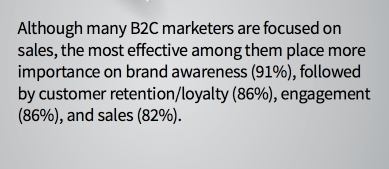

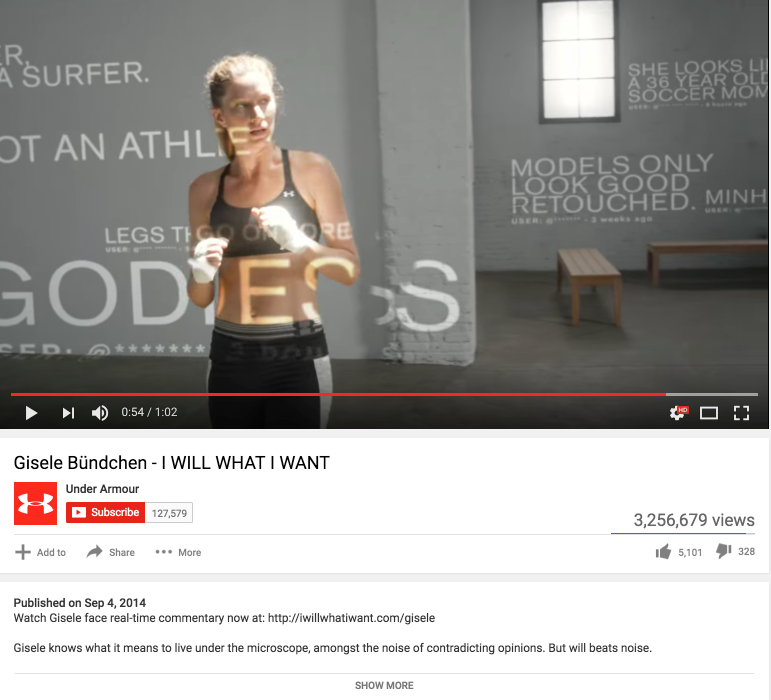
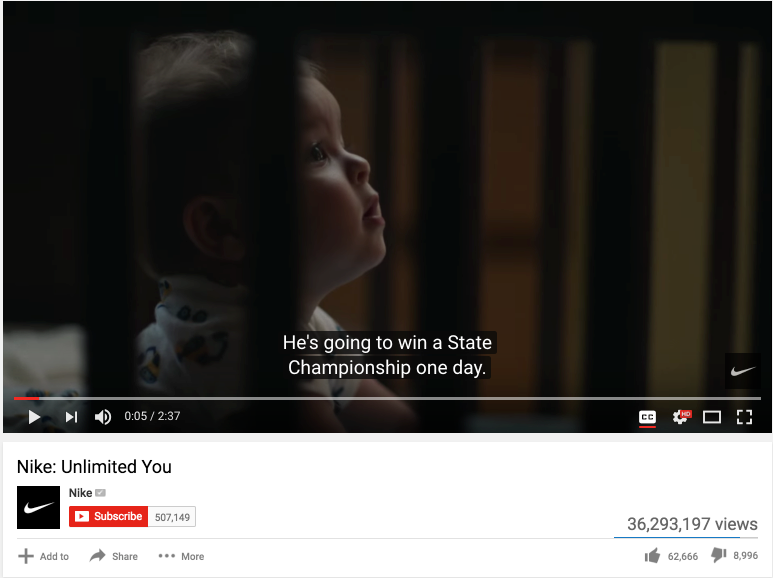
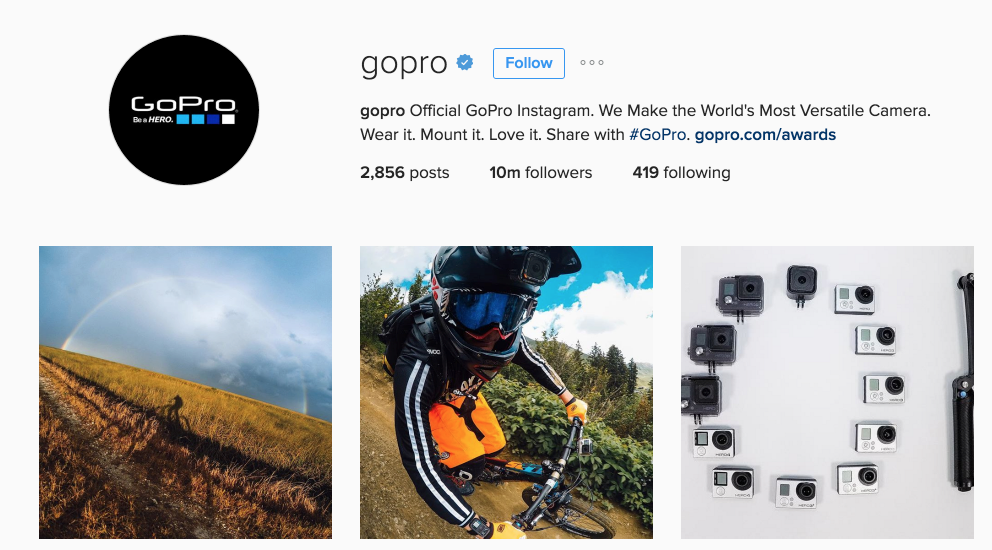
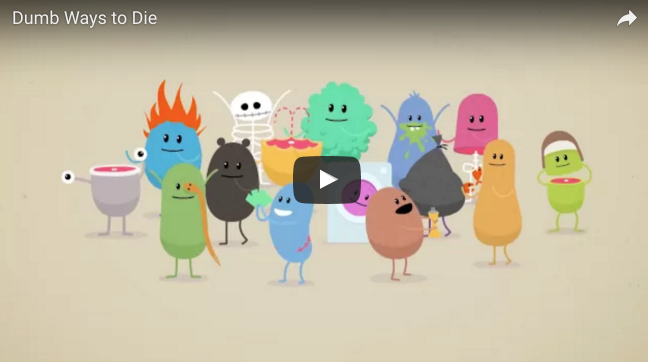
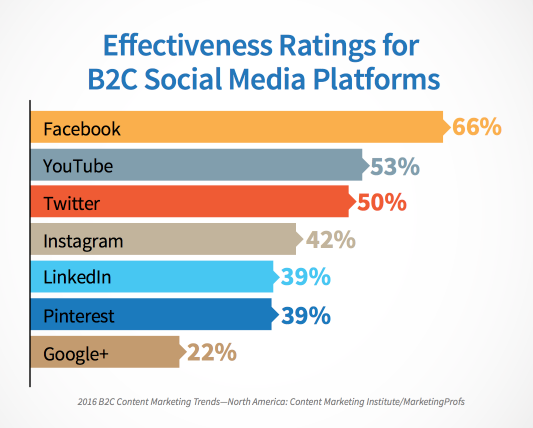
Comments (21)